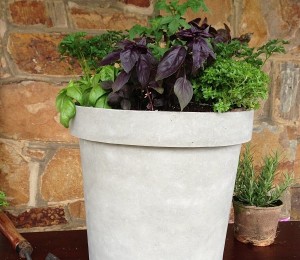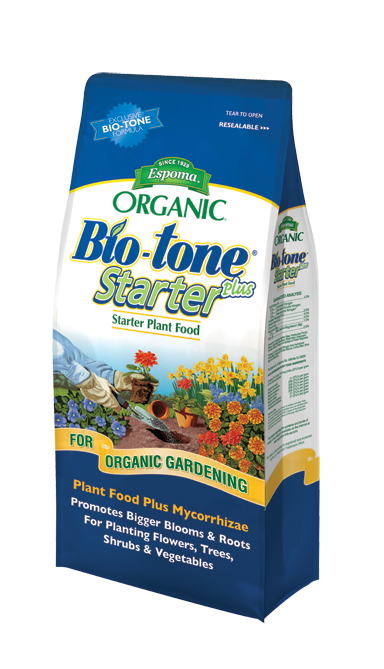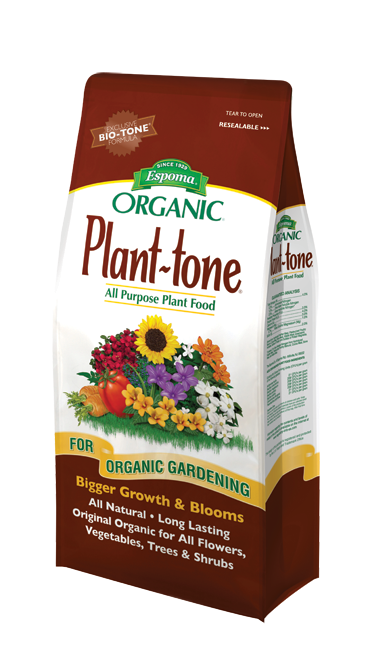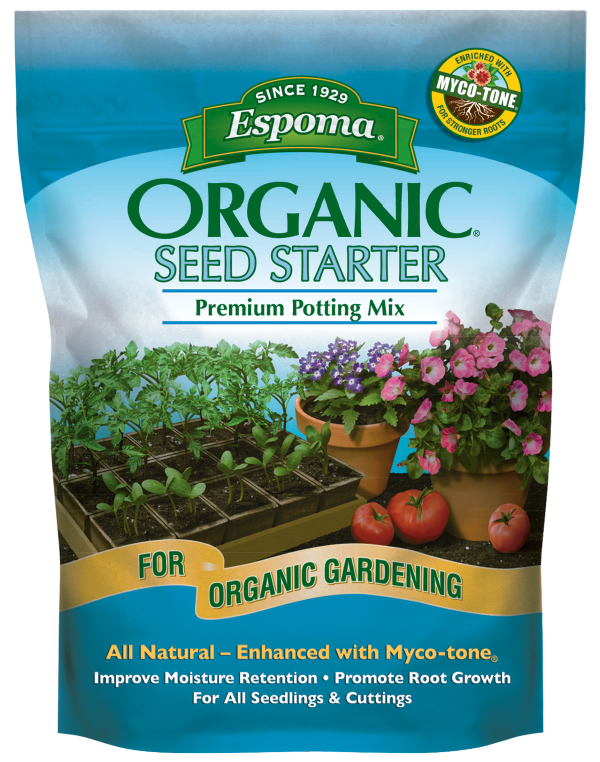Hip, Hop, Hurray! Grow Hops for Homemade Beer
Homebrewed beer made of homegrown hops takes the craft beer movement to the next level. As you take that first sip, you don’t just taste the beer. You taste the pride, satisfaction and joy of brewing it yourself from scratch. Become a true brewmaster by growing your own hops.
Plus, growing your own hops is cheaper and makes your beer taste incredible.
Get Hoppy! Grow Your Own Hops for Homebrews
- Which Hop to Crop? Buy hop rhizomes online that match the flavor and type of beer you like. They come in every flavor under the sun. Brewers typically use multiple hop varieties in their beers, so plant several varieties that you can mix and match.
- Spot a Spot. Hops need LOTS of sun to thrive — about 6-8 hours daily. Plus, the spot where you plant needs to have vertical space. Hops grow up, not out.
How to Plant Hops for Home Brewing
- Dig a Cozy Home. Dig 4” deep holes and mix in an organic fertilizer like Bio-tone Starter Plus by Espoma. If planting the same hop variety, dig each hole 3’ apart. If planting different hop varieties, plant them 5’ apart.
- Get ‘Em Situated. Place the rhizome horizontally in the hole with the root side down, pointy side up. If the rhizome is budding, plant the bud facing up. Fill hole, cover with soil and add mulch to conserve water.
- Bursts of Water. When soil is dry, provide a frequent, but short burst of water!
- Hungry, Hungry Hops. To grow strong hops, feed them an organic plant food each month. Find out how to apply Espoma’s Plant-tone.
- To New Heights. Once your hops are 1’ tall, select the strongest 2-3 vines and wrap them counter-clockwise around an 8-12’ trellis. Prune the remaining vines from the base of the hop. Over the next few days, keep wrapping the vines around the trellis to train them. Hops grow quickly so continue to check your vines regularly and keep wrapping!
Now those tiny hops don’t look like beer. Before long though, you’ll be sipping on their flavors in the most refreshing homebrew yet!

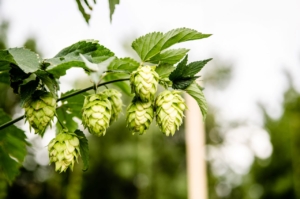

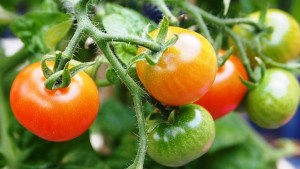
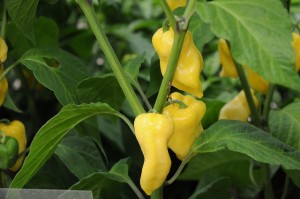
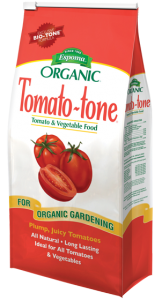
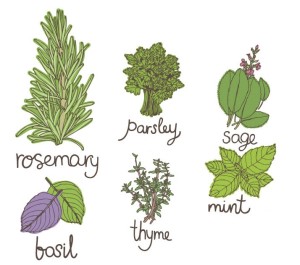 Most herbs will work in a container but the best herbs to plant in containers are: Basil, Mint, Rosemary, Thyme, Oregano, Cilantro, Parsley, Sage, Chives, Lavender, Tarragon, Lemon Verbena
Most herbs will work in a container but the best herbs to plant in containers are: Basil, Mint, Rosemary, Thyme, Oregano, Cilantro, Parsley, Sage, Chives, Lavender, Tarragon, Lemon Verbena